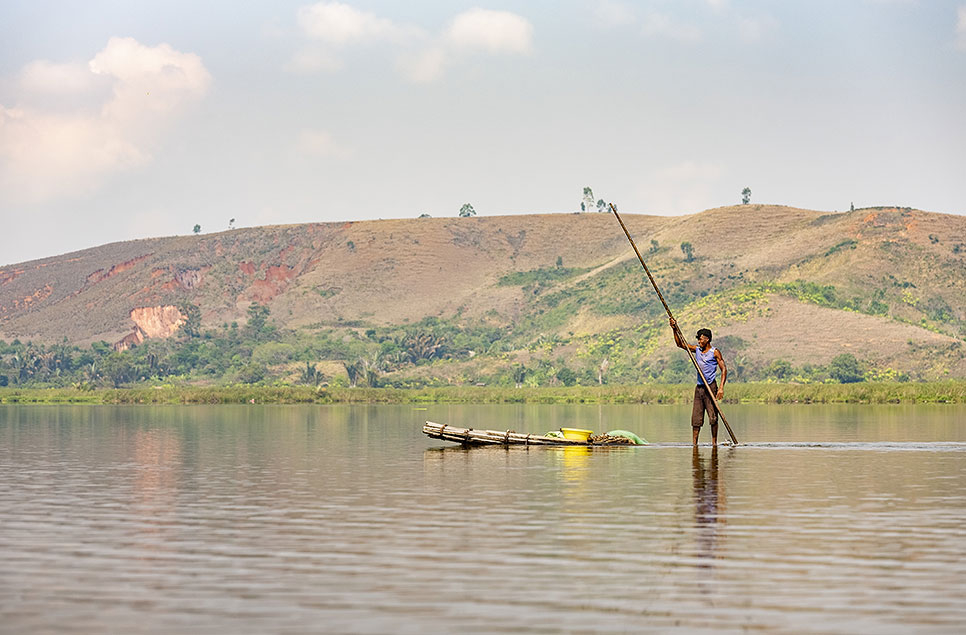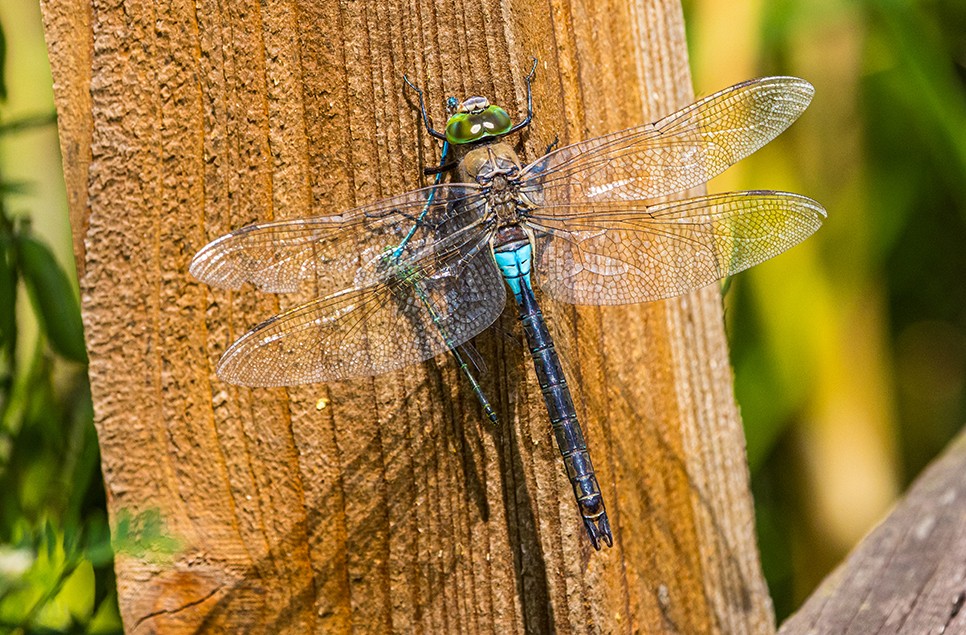The State of Global Wetlands in 2021 – New Report
Earlier this week (15 December) as part of its 50th anniversary, the Ramsar Convention on Wetlands launched the 2021 Global Wetland Outlook Report.

Earlier this week (15 December) as part of its 50th anniversary, the Ramsar Convention on Wetlands launched the 2021 Global Wetland Outlook Report. This provides a crucially important update to the first Global Wetland Outlook (2018) and also presents brand new findings on the status and value of wetlands around the world, particularly in the context of the global pandemic, and the climate and biodiversity crises.
The Report finds that wetlands are still being lost at an alarming rate, with 35% lost globally since 1970. This makes wetlands our most threatened ecosystem, disappearing three times faster than forests. This collapse is caused largely by land-use change, with agriculture being the biggest driver of degradation. Over half of Wetlands of International Importance are damaged by agriculture.
Alarmingly, the report also shows that this catastrophic loss of wetlands is being accelerated by the impacts of climate change and faster than anticipated. Rising sea-levels, and changing hydrology are all accelerating, with arctic and montane wetlands most at risk.
This is concerning not only because we are losing wonderful natural places but because the benefits of healthy wetlands for wildlife, communities and our planet are immense. Wetlands’ ability to combat and build resilience to the climate emergency, reverse catastrophic biodiversity loss; and bring about transformative societal change through human health and prosperity outweigh all other land-based ecosystems.
As the report says “Wetlands have always provided services to humanity, yet recognition of the scale of these benefits and the consequences of their loss is quite recent. Unsustainable use and inappropriate management of wetlands not only results in loss of ecosystem services but can bring direct risks including disease
But there is hope, with the report demonstrating that implementing the Ramsar Convention*, the only international agreement focused on the protection and wise use of wetland, works. It stated that wetlands protected under the Ramsar Convention’s designation of Wetlands of International Importance are more often reported in ‘good’ rather than ‘bad’ ecological condition.
The UK is a committed Party to the Ramsar Convention, with more protected wetlands than any other country. However, historical land use change and other factors mean that the UK has still lost many of its wetlands. WWT is therefore aiming to bring back some of these vital habitats, calling for the creation and restoration of 100,000 hectares of healthy, well-managed wetlands across the nation. We need similar ambitions in other countries across the globe. And here’s why:
- Wetlands in good condition bring health, food and water security to 4 billion people worldwide. The global value of wetland ecosystem services for human health, wellbeing and security is estimated to be £35.5 trillion a year.
- Maintaining well-managed, intact ecosystems which are home to native biodiversity, such as healthy wetlands, is increasingly seen as crucial to the control of emerging zoonotic diseases, preventing future pandemics and bringing health benefits to all in line with One Health* principles.
- Wetlands are our most effective land-based ecosystem for capturing carbon. ‘Blue Carbon’ ecosystems such as coastal wetlands sequester carbon up to 55 times faster than tropical rainforests.
- Wetlands are critical to building resilience to climate impacts. Changing weather and other climate impacts are increasing the risk of flooding and drought around the world. ‘Blue-carbon’ wetlands such as saltmarshes and seagrasses protect communities against storm surges. While inland ecosystems, such as peatlands and rivers absorb excess water to prevent floods and drought.
To help keep worldwide temperature rise below 1.5 degrees, it is more important than ever that the Ramsar Convention on Wetlands is fully implemented and that restoring healthy wetlands at scale is included in Nationally Determined Contributions (NDCs) and in national climate change adaptation and disaster risk reduction plans.
Tom Fewins, Head of Policy and Advocacy said:
This is why WWT and others are calling on the UK government to fully include healthy ‘blue carbon’ wetlands in UK climate change policy. Currently they are not. The benefits these habitats can bring in helping the UK reach net zero targets and deal with the impacts of climate change are being seriously overlooked. This is a dangerous omission. We need to use every tool in the box now to fight climate change. It’s time the government seized this opportunity.
Tomos Avent, Head of International Programmes, added:
Wetlands are also critical to meeting global sustainable development and biodiversity targets. They have multiple benefits and our world leaders need to wake up to their full potential by working together now to protect, restore and create more healthy wetlands at scale across the world. WWT, as an International Organisation Partner to the Ramsar Convention and with over 75 years of experience and knowledge of international wetland conservation, is a vital partner in this ambition.
WWT sites that include Wetlands of International Importance
Under the Ramsar Convention there is a network of nearly 2,500 Wetlands of International Importance. These include some of the world’s most critically important wetlands, protected and managed to ensure they continue to support biodiversity and provide ecosystem services to people. And WWT manages a range of places that are part of Ramsar sites, such as those at:
- Lac Sofia, Madagascar
- WWT Caerlaverock Wetland Centre, Dumfries and Galloway, Scotland
- WWT Castle Espie Wetland Centre, County Down, Northern Ireland
- WWT Llanelli Wetland Centre, Carmarthenshire, South Wales
- WWT Martin Mere Wetland Centre, Lancashire, England
- WWT Slimbridge Wetland Centre, Gloucestershire, England
- WWT Steart Marshes, Somerset, England
- WWT Welney Wetland Centre, Norfolk, England
This critical network forms the jewels of our planets wetlands. They show how effective wetland conservation and sustainable wise use under different environmental conditions and governance arrangements can support huge and unique biodiversity and provide essential ecosystem services to all of us.
*The Ramsar Convention covers all aspects of wetland conservation and ‘wise use’. It has three main 'pillars' of activity:
- the designation of wetlands of international importance as Ramsar Sites;
- the promotion of the wise use of all wetlands in the territory of each country; and
- international co-operation with other countries to further the wise use of wetlands and their resources.
*One health principles are multiple practices that work together locally, nationally, and globally to help achieve optimal health for people, animals, and the environment



